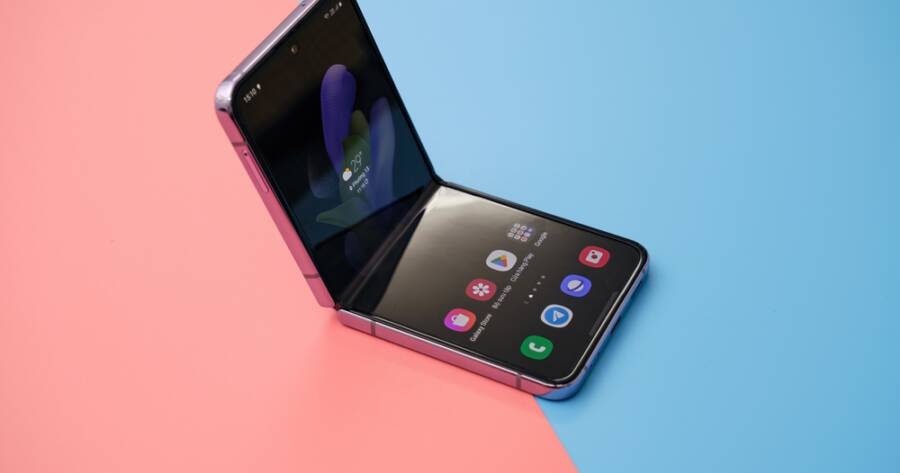Foldable phones have gone from experimental gadgets to serious contenders in the smartphone market. With sleek designs and improved durability, these high-tech devices offer flexibility that traditional smartphones can’t match. As more brands join the foldable trend, users are beginning to wonder: are these phones really worth the investment? It’s time to find out!
A New Era in Smartphone Design
Foldable phones offer a fresh look at how users interact with their devices. Unlike typical smartphones, these models can transform in shape—folding to become more compact or unfolding to reveal a larger display. This allows for added screen space without increasing pocket bulk. Whether it’s multitasking or media viewing, the design supports more versatility.
Brands like Samsung, Motorola, and Google have embraced this technology. Each brings a slightly different take to the market, but the common goal is the same: delivering a hybrid device that works as both a phone and tablet. These unique devices appeal to users who value both innovation and convenience.
Leading Foldable Models to Watch
Samsung has become the leader in the foldable phone category with its Galaxy Z Fold and Galaxy Z Flip series. The Z Fold opens like a book to offer a tablet-like experience, while the Z Flip folds vertically, echoing old-school flip phones with a modern twist. Samsung’s models have seen major improvements in hinge design and screen durability in recent generations.
Motorola’s Razr series is another standout. It brings nostalgic charm with a flip-style design but includes a fully functional smartphone interface. The most recent Razr model features an exterior display that allows quick access to notifications and apps without opening the device.
Google’s Pixel Fold also entered the market with high expectations. Known for its top-tier camera software, Google brought its imaging technology into the foldable category. The Pixel Fold focuses on software fluidity across both folded and unfolded modes, providing a smooth and adaptive user experience.
Benefits Beyond the Gimmick
While foldable phones once seemed like novelties, they now provide real value to users. Their ability to switch from compact to expansive screens is especially useful for those who multitask or consume a lot of content. Watching videos, reading eBooks, and using productivity tools becomes more immersive with the larger display.
Some foldables even offer multitasking features that standard phones cannot. For example, certain models allow three apps to run simultaneously or offer app continuity when switching between screen modes. This can improve workflow for users who rely on their phones for both work and play.
Battery life and durability—once weak spots for foldables—have also improved. Newer models use tougher screen materials and water-resistant designs. Although they may still require more care than rigid smartphones, they no longer feel as fragile as first-generation attempts.
Factors to Consider Before Buying
Foldable phones are not for everyone. Their unique form means added thickness when closed, and while they are more durable than before, they still contain moving parts that require gentle handling. Also, many models remain on the expensive side, so it’s essential to determine if their features justify the cost.
Some users may find that they don’t need the extra screen space or multitasking tools. For those who prioritize simplicity or durability over innovation, a traditional smartphone might still be the better option. Storage, camera quality, and app compatibility should all be compared before making a decision.
Those who do decide to purchase a foldable phone should research warranty options and understand how repairs are handled. Not all repair shops are equipped to handle foldable devices, and manufacturer repair costs can be high.
Is the Hype Justified?
Foldable phones have grown far beyond a passing trend. With each new generation, these devices become more practical, polished, and popular. They offer something unique in a market that often feels saturated with similar-looking smartphones.
For users who want a phone that adapts to different needs—whether work, play, or travel—a foldable model could be a smart choice. While not everyone needs this level of flexibility, those who do will likely appreciate the design and innovation these phones bring.

